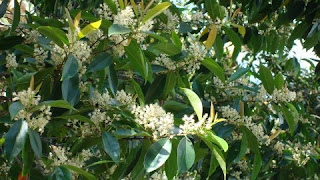
Attracting Backyard Birds: Bird Feeder Selection (WEC162/UW192)
Today, more than 50 million Americans put out a billion pounds of bird food each year. Bird feeders can be used to supplement the food provided by native plantings. They also provide a way to observe birds at close range. This 8-page fact sheet suggests useful guidelines for selecting feeders, food, feeder location, cleaning feeders, and managing for cats and squirrels. Written by Emma V. Willcox, Mark E. Hostetler, Martin B. Main, and Maena Voigt, and published by the UF Department of Wildlife Ecology and Conservation, April 2011.http://edis.ifas.ufl.edu/uw192
Today, more than 50 million Americans put out a billion pounds of bird food each year. Bird feeders can be used to supplement the food provided by native plantings. They also provide a way to observe birds at close range. This 8-page fact sheet suggests useful guidelines for selecting feeders, food, feeder location, cleaning feeders, and managing for cats and squirrels. Written by Emma V. Willcox, Mark E. Hostetler, Martin B. Main, and Maena Voigt, and published by the UF Department of Wildlife Ecology and Conservation, April 2011.http://edis.ifas.ufl.edu/uw192










